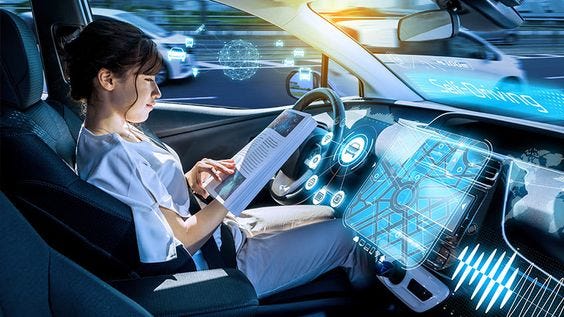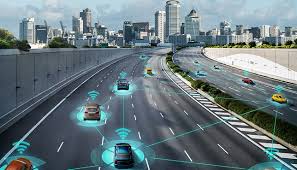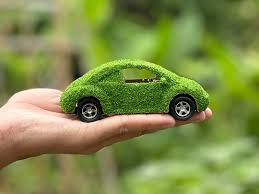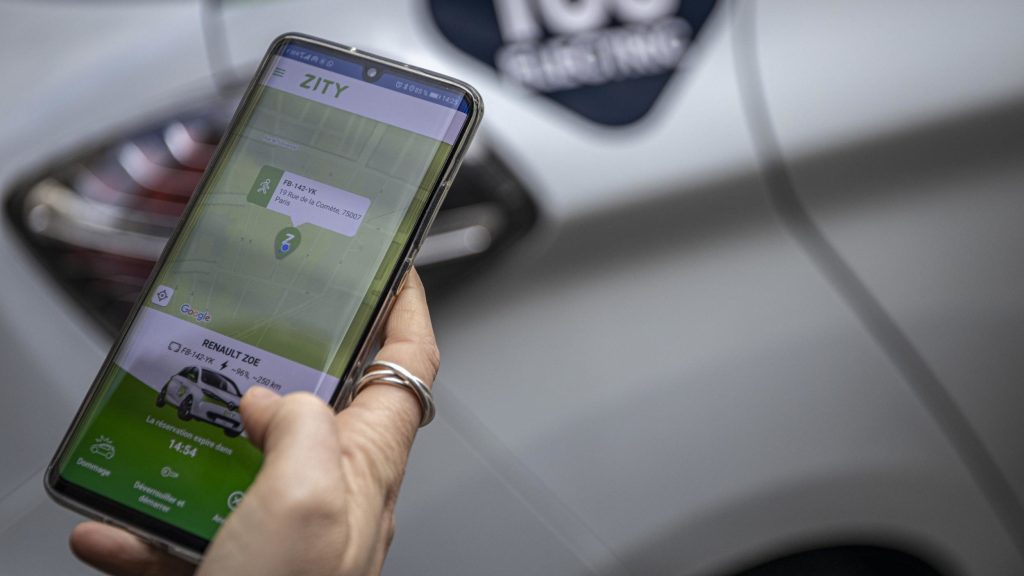With improvement in technology, changed consumer preferences, and rising trends worldwide against climate changes, the automobile sector is drastically evolving and changing. Cars in the future would prove wiser, cleaner, and more efficient. That said, they will, in a way, give a new face to the meaning of mobility that successive generations will understand. Here in the next blog, attempts shall be made to understand the face of cars in the near future and how the present is giving it a shape.
1. Electric Cars: Future of Power

The EV is no longer a niche. Rather, it is fast-becoming the mass choice for consumers from all over the world. Major automobile companies from the likes of Tesla and General Motors to Volkswagen are already investing billions to develop electric models. That is to say most nations, the United States and most in the European Union are planning to stop new cars, using internal combustion engines by 2035.
Why Electric Cars Are the Future
Environmental Benefits: EVs do not have a tailpipe, thus reducing air and greenhouse gas emissions.
Cheaper to Run: Electricity is cheaper than gas. The moving parts of an EV are fewer; this lowers maintenance costs.
Benefits: In most governments, incentives, rebates, and tax breaks combined with subsidies on charging infrastructure, encourage the use of EVs.
2. Autonomous Driving: The Age of Self-Driving Cars

It’s now possible to dream of sleeping, reading a book, or simply relaxing as your car drives you through to your destination. It’s no longer fantasy but is increasingly becoming a part of our world. Companies such as Waymo, Tesla, and Cruise are leading this technology.
Key Features of an Autonomous Vehicle
Safety Enhancement: AI-based sensors and cameras can never possibly get into a car accident due to human mistakes.
Increased Mobility: The old persons and the handicapped will be more mobile with driverless cars.
Less traffic jams: These intelligent navigation systems as well as autonomous cars are able to compute routes with far lesser time and thereby reduce congestions. Whether these cars cross the barriers of regulatory, cyber risks as well as ethical debates regarding how much decision authority is placed into the hands of cars remains unclear
3. Connected Cars: Internet in Your Pocket, Now in the Wheels

The future of cars is connected with the Internet of Things (IoT). Connected cars communicate with each other, infrastructure, and external devices, which creates a seamless driving experience.
What Connected Cars Offer:
Enhanced Navigation: Real-time traffic updates and route optimization.
Vehicle-to-Vehicle (V2V) Communication: Cars can exchange data to avoid collisions and improve traffic flow.
Remote Diagnostics: Drivers can monitor their vehicle’s health through smartphone apps.
The faster speed of data transmission and overall enriching the user experience will further accelerate the development of connected cars technology with 5G.
4. Sustainable Materials and Manufacturing

The automotive sector is moving toward sustainability, and auto-makers are using green material along with an eco-friendly process for the production. Therefore, future automobiles are going to leave less carbon footprint due to the usage of recycled plastic and plant-based composite materials.
Examples of Green Innovations:
Bio-based Materials: BMW is implementing the use of bioplastic and plant-based materials for use inside its vehicles.
Recycling Plans: Auto manufacturers are now recycling metal parts and battery for lesser wastes.
5.Flying Cars

Flying cars may seem like something directly taken from the science fiction movie, but they are closer to being an actual reality than you might think. Joby Aviation and AeroMobil are in the process of prototyping PAVs.
Some potential benefits of flying cars
No more traffic jams; they take you straight to where you want to go
New Urban Transport: Flying taxis will redefine public transport.
Smart City Integration: VTOL makes it possible for these to work in a dense city population.
However, flying cars are going to face stiff competition on the following areas in terms of costs, regulatory clearances, and advanced air traffic systems
6. Car Sharing: Cars as service

Uber, Lyft, Zipcar, and many others transform the concept of car ownership into what can be called shared mobility services. Therefore, future car ownership will not become a necessity since most will count on the car-sharing service as convenient and cheap transportation.
Shared Mobility Advantages
Cost Savings : You pay only for that which you use; you would never have to pay some sum of money to maintain or to cover an insurance for the service.
Fewer emissions from the vehicles since fewer cars would be on the road with shared ones.
Urban Planning Advantages: They consume less parking space and consequently occupy less land for other utilization
7. Hydrogen Fuel Cells: The Future

Hydrogen fuel cells are the other promising alternative to the clean energy debate. Hydrogen fuel cells produce electricity by the reaction of hydrogen and oxygen. It does nothing but water vapor for its by-product.
Why Hydrogen Cars Matter:
Much faster Refueling: Hydrogen cars are refueled within just a few minutes. EVs take a long time getting charged.
Wider Range: Hydrogen vehicles tend to have a wide range as compared to the battery-powered EVs.
Versatility: Hydrogen suits heavy-duty vehicles like trucks and buses.
Hydrogen cars also have disadvantages. There are few refueling infrastructures available for them. Their manufacturing is also relatively expensive.
8. AI in Cars

AI is transforming the auto industry. Voice recognition, predictive maintenance, and ADAS features are possible only because of AI.
AI in Future Cars
Personalized Experience: AI learns user preferences in adjusting seat positions, climate control, and music.
Better Safety: The process involves such things as automatic emergency braking, lane-keeping assist, and adaptive cruise control to make driving an even safer activity.
Predictive Maintenance: The AI will predict any kind of issues that may pop up and alert the driver before it can become major.
9. Challenges Ahead: What Needs to Be Overcome?
Despite all of the exciting possibilities presented for the future of cars, there are a few challenges in that future that need to be overcome
Infrastructure Building: Charging stations, 5G networks, and smart roads must be developed on a large scale.
Affordability: The advanced technology should reach the average consumer.
Cybersecurity Risks: Connected and autonomous cars are vulnerable to hacking and data breaches.
Conclusion
This exciting journey into the unknown has made the future of cars such an exciting prospect. Advanced electric powertrains, autonomous driving, connected technology, and sustainable manufacturing put the automobile industry on a new course toward the next generation. Of course, with this much advancement, payoffs are still going to keep clean air on the roads, safer routes, and convenience.
As we move forward, what is certain is that the cars of tomorrow will take us from point A to point B, but they will redefine how we will live, work, and connect with the rest of the world. Being an enthusiast or a curious bystander, the ride ahead definitely promises to be electrifying.